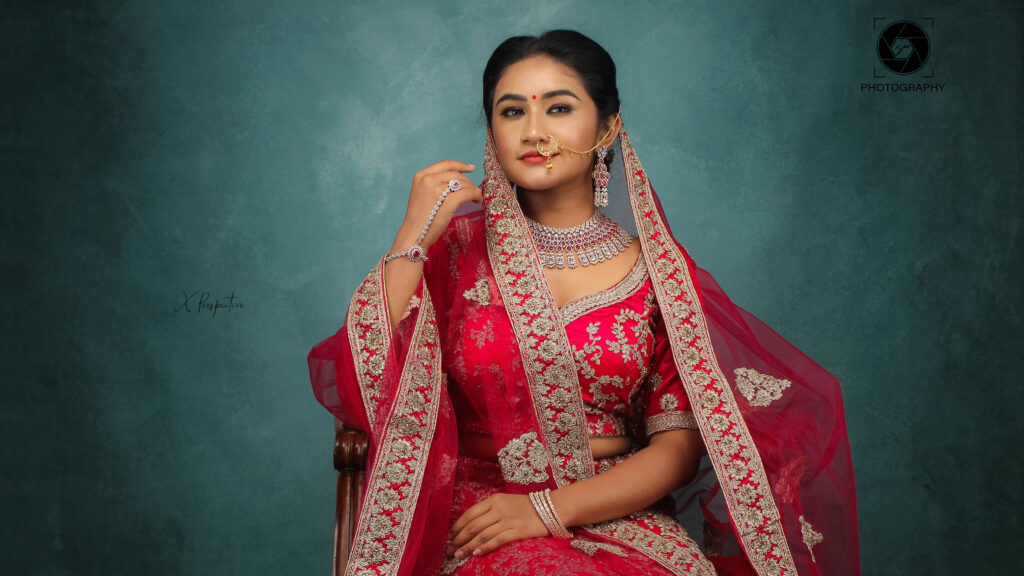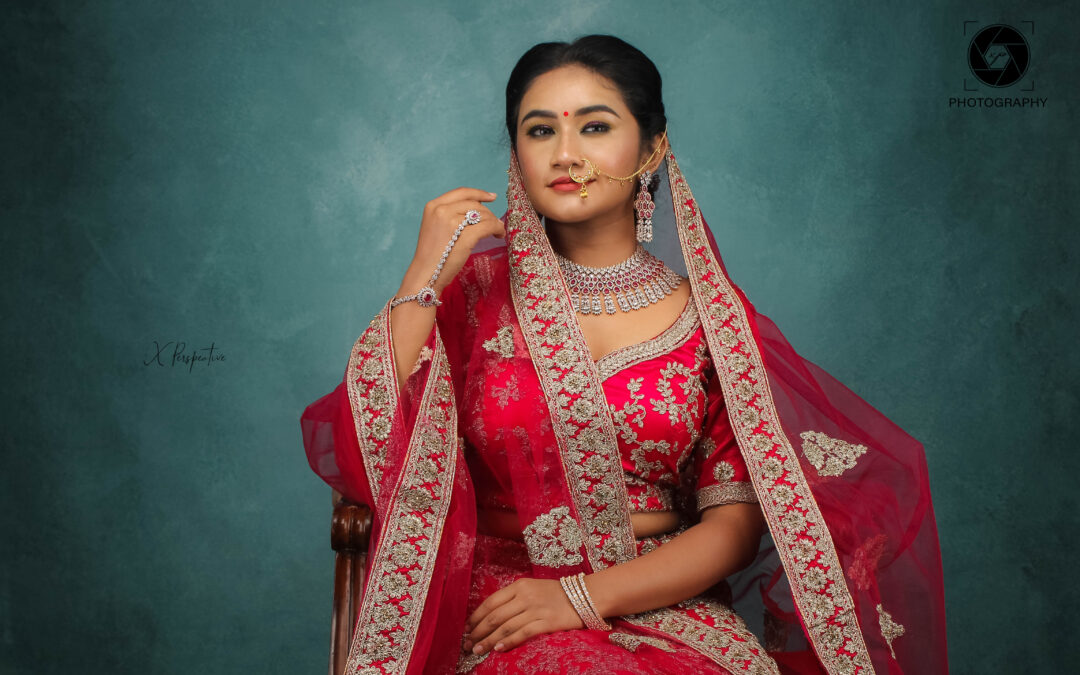https://www.instagram.com/x_perspective_photography_/profilecard/?igsh=MWZqNTRjNmR1bm80cQ==
After the Click: the Raw Photo Editing Begins
This transformation takes my raw images and elevates them into stunning visuals. People often think taking a photo is the whole job. You press the shutter, and that’s it. But for me, that’s only half the story. The real magic? It happens afterward. I remember this one photo—taken on a quiet afternoon, with soft light filtering through the trees. The person in front of the camera was calm and graceful, just lost in the moment. The raw photo captured it all… almost. But not quite. The colors were there. The pose felt natural. But something about it didn’t match how it felt when I was there. That’s when editing steps in—not to change things, but to bring them closer to the feeling I had when I pressed the shutter.
The Raw File Is Just the Start of the Photo’s Journey
When I open a raw image, it’s not exciting right away. The light looks off. The colors are dull. And it doesn’t feel anything like how the moment actually looked. But that’s normal. The raw photo is just a base—it’s all the ingredients, waiting to be mixed together in the right way. Nothing fake, nothing overdone. Just adjustments that help the photo breathe a little.
Why Raw Photo Editing Matters to Me
I don’t edit to “fix” my photos. I do it to finish telling the story. I want the final picture to feel like the moment it came from. Using Lightroom and Photoshop, I do simple things—adjust the brightness, pull back harsh shadows, soften colors, and bring out the little details that matter. Like how the dress moved in the breeze. Or how the light touched her hair. Sometimes I’ll warm up the tones to make the photo feel softer, or cool things down if the shot has more of a quiet, moody vibe. It all depends on what the moment felt like.
My Raw Photo Editing Workflow
I don’t follow a strict routine, but here’s generally how I go about it:
First, I fix the basics—exposure, color balance, little things that make the photo easier to look at. Then I work on the mood. Should it feel warm? Soft? Sharp and bright? That guides what I do next. After that, I clean up the tiny stuff—stray hairs, weird shadows, small distractions in the background. Finally, I step back and just look. If it makes me feel something, it’s done
The Story Behind One Raw Photo
The photo I mentioned earlier—it wasn’t perfect. But after editing, it felt right. That’s what mattered. It reminded me why I love this work. It’s not about flawless frames. It’s about emotion. Connection. Slowing down long enough to really see someone, and then doing whatever it takes to let that come through in a picture.
Final Thoughts on Editing a Raw Photo with Emotion
Editing is just another way to care for a photo. Not to fix it—but to understand it better. Some people think a great photo just happens. But honestly, most of the ones that stay with you—those quiet, honest ones—they take a little time. A little patience. A little love in the edit. And when it’s done right, no one really notices the edit at all. They just feel something. That’s the goal, always.


